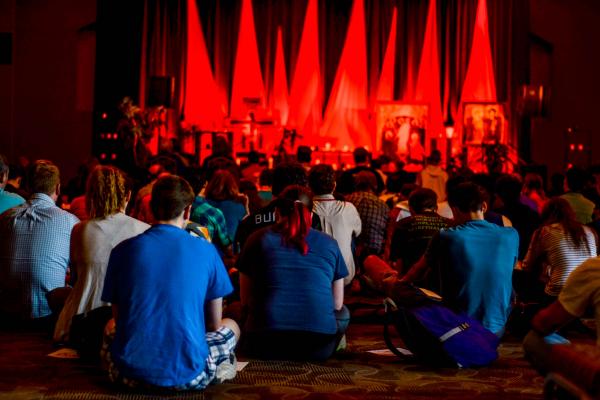Jun 1, 2017
Participants joined with local religious leaders and city residents to walk through the city, stopping at various places of worship to sing and pray, in a demonstration of unity. The Walk of Trust ended on the campus of Saint Louis University, where Archbishop Robert Carlson of St. Louis, who first conceived of the meeting, spoke alongside the Rev. Dr. Traci Blackmon, a pastor in Florissant, Mo., and a leading voice in the response to Michael Brown’s death.
Read the Full Article

Already a subscriber? Login
